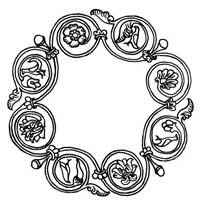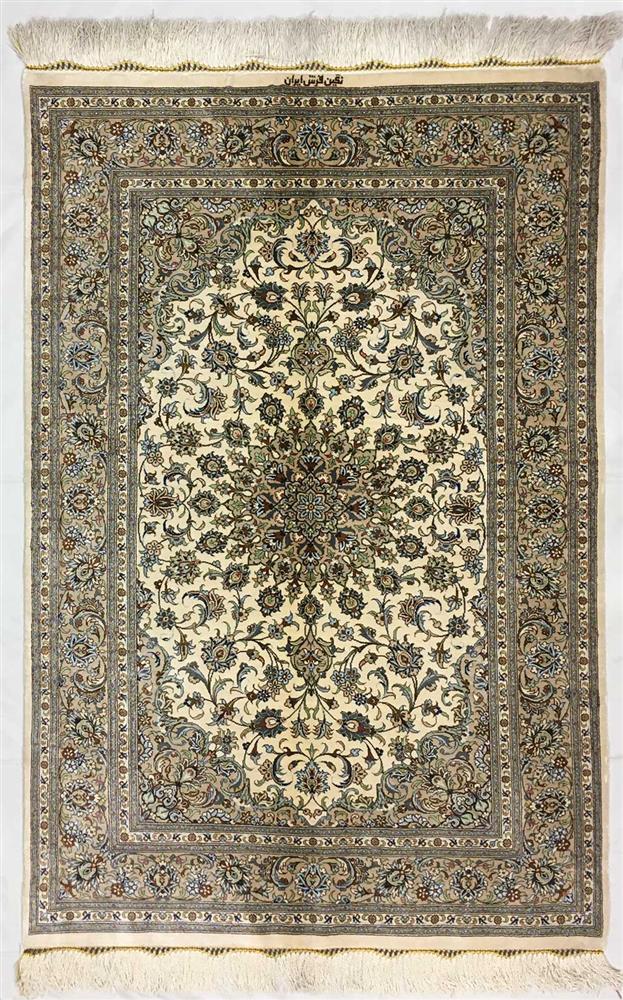Introducing the ESLIMI design
One of the most popular designs in Iranian carpets is ESLIMI design, this design is derived from the Han Rondeh plant and is a symbol of being alive, happy and growing.
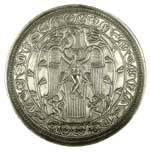 |
The use of these motifs has been recorded since the Sassanid period (226 AD) and mostly in silver and pottery dishes as well as palace wall decorations. |
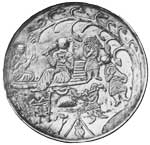 |
At that time, carpet weaving in Iran was more popular with human and animal motifs , but after the extinction of the Sassanid era and with the spread of Islam in the land of Iran, and since according to the basic laws of the religion of Islam, the use of these elements in handmade works was a symbol of idolatry.
To protect from real persian rug artists used a trick in the Iranian carpet design weaving industry, and in carpet weaving, the ESLIMI design replaced the previous designs, and for this reason, the Esimi design is also called the Arabesque design.
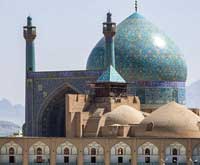 |
Iranian architects also welcomed this trick and used the Eslimi design in traditional architectural masterpieces such as the mihrab and dome of mosques, masterpieces such as the Sheikh Lotfollah Mosque and the Shah Mosque in Naqsh Jahan Square, Isfahan, have beautifully used these designs. | 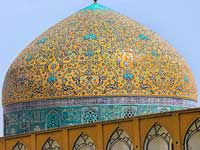 |
|
One of the types of Iranian carpet weaving in Isfahan and Kashan, the use of Eslimi pattern instead of the main pattern became a pattern in the background of the carpet. These innovations make us say that each persian carpet is Unique Persian rug |

